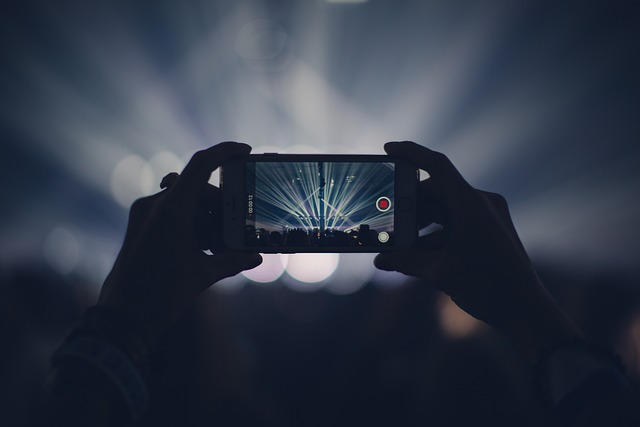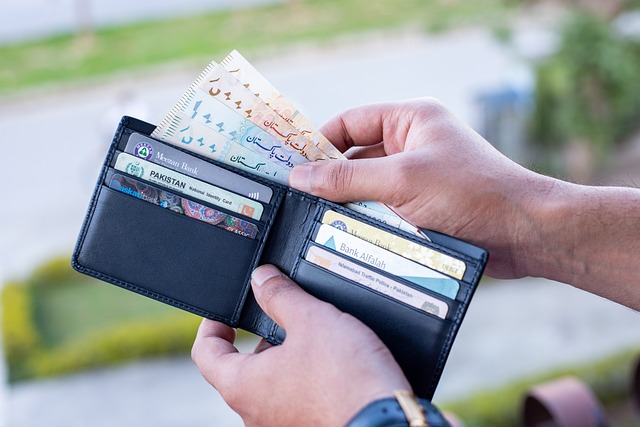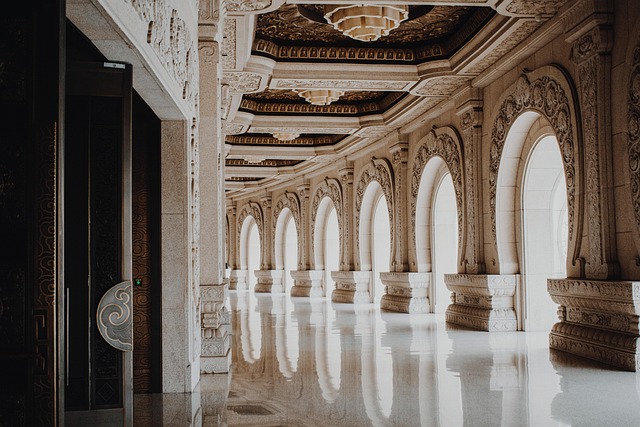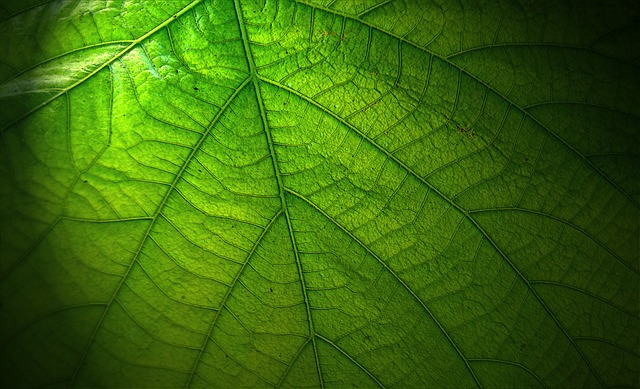As photo enthusiasts, we often find ourselves entranced by the power of still images. Each photograph has the ability to capture a moment, tell a story, and evoke emotions. But what if we could take that storytelling one step further? Enter video recording – a realm where the art of photography meets the dynamic beauty of motion.
When we think about video recording, it can feel like an entirely different discipline from photography. However, the two share a foundational relationship that can transform how we see our world through a lens. Think of video as an extension of your photographic skill set, allowing you to explore the movement of light, the play of shadows, and the subtleties of a scene that a single frame can sometimes miss.
Both mediums rely heavily on the same principles of optics and composition. When you shoot video, your camera becomes a storyteller, where every frame transitions into the next, creating a narrative rather than a singular statement. This brings a newfound excitement to the art of photography, empowering you to paint with motion.
To truly harness the potential of video recording, it’s crucial to understand your equipment. Just as you select the right lens for that perfect photo, picking the right lens for video can enhance your storytelling. Wide-angle lenses can immerse viewers in your environment, while telephoto lenses can provide intimate portraits of subjects from a distance. This careful selection of optics can make a world of difference in how your story unfolds.
Stability is another essential factor when transitioning from photography to video. While a well-composed still image may require minimal camera shake, video demands smooth and steady motion to keep viewers engaged. Investing in a tripod, gimbal, or even utilizing software stabilization can greatly enhance the quality of your recordings. Just like the focus in photography, the clarity and steadiness during video recording can either make or break your cinematic experience.
Sound also plays a pivotal role in video recording, often overlooked by those deeply rooted in photography. The sounds accompanying your visuals can accentuate the narrative, drawing your audience deeper into the experience. Whether it’s the gentle rustle of leaves or the cheerful chatter of a bustling market, capturing high-quality audio requires as much thought as framing the shot itself.
A great way to kickstart your journey into video is by experimenting with short clips that capture everyday moments, utilizing your existing skills. Focus on lighting, composition, and storytelling. Use the same principles of photography, but let them flow into the additional dimension that video provides. Over time, you’ll discover how to weave together images and sounds to create something truly captivating.
In this evolving landscape of visual storytelling, the line between photography and video is becoming increasingly blurred. By unlocking the power of video recording, you not only expand your artistic horizons, but you also invite a new dimension to your photography journey, enriching your experience as a visual storyteller.




